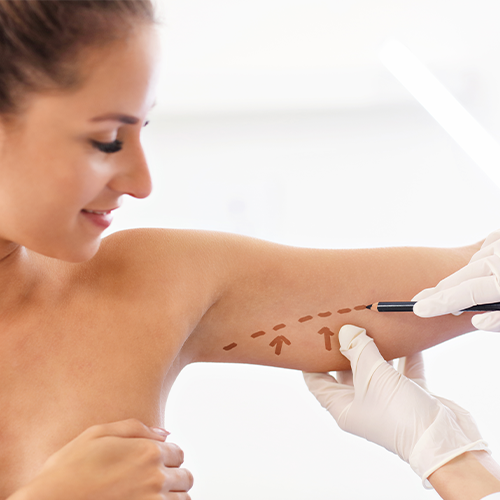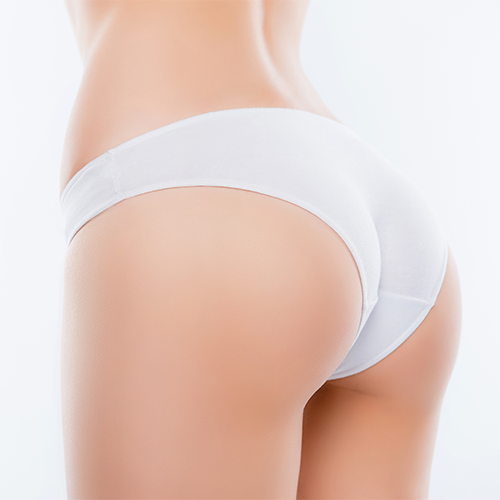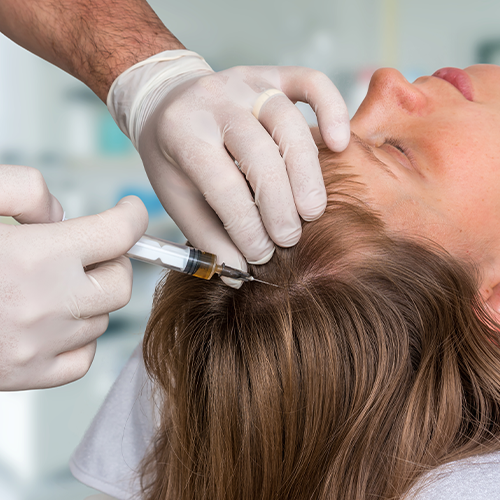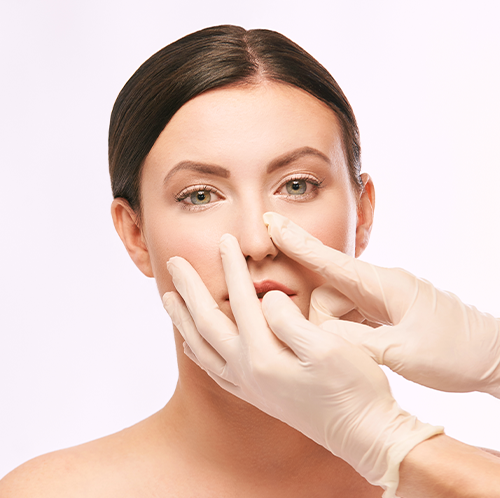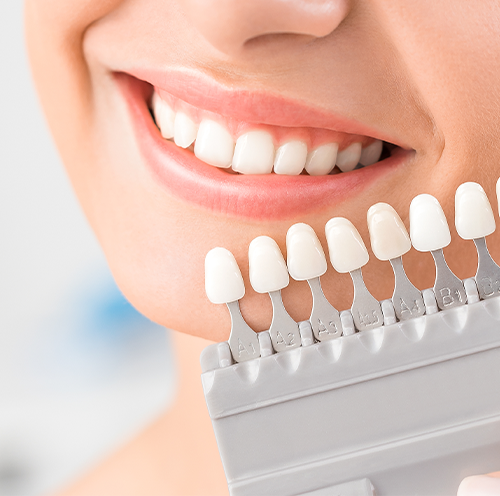
The skin on the neck area is prone to sagginess at the same time around the wrinkles begin to appear on the sensitive skin of the eyes, eyelids and smile lines, usually due to the natural aging process.
Neck lifting operations are commonly performed with face lifting surgeries. The aim of the operation is to achieve a firm and young looking neck by tightening the skin. The saggy and wrinkly appearance of the neck stands out more than the wrinkles of the eye area, or the droopiness of the cheeks, neck area attracts more attention to it and makes us look either younger or older than we are depending on the elasticity of the tissues.
 As we are aging, the elasticity of our skin changes. When we look at the face, one of the places that we see this change is around the neck area, especially under the chin and cheeks, the skin starts to get droopy. Some patients apply to us to get rid of the double-chin, thinking that the fat accumulation under the chin is causing the sagginess. But most of the time on normal-weight patients because of the gravity, the culprit is not the fat tissue, but rather the neck skin that loses its elasticity. The skin of the jawline and chin on patients who have a small chin bone that is behind, the droopiness can be more prominent.
As we are aging, the elasticity of our skin changes. When we look at the face, one of the places that we see this change is around the neck area, especially under the chin and cheeks, the skin starts to get droopy. Some patients apply to us to get rid of the double-chin, thinking that the fat accumulation under the chin is causing the sagginess. But most of the time on normal-weight patients because of the gravity, the culprit is not the fat tissue, but rather the neck skin that loses its elasticity. The skin of the jawline and chin on patients who have a small chin bone that is behind, the droopiness can be more prominent.
Neck lifting surgery can be combined with double-chin surgery, jawline tightening surgery, chin filling, and jawline filling. In the early stages of sagginess, non-surgical options can be chosen such as; neck fillers, chin fillers, jawline fillers and thread lifting. As the droopiness progresses and the saggy skin is a lot more visible and uncomfortable looking, surgical options can be considered more often.
In the neck area, it’s not only the skin that sags. The muscles that hold the neck tissues also get weaker by time, creating the famous vertical lines down from under the chin to the upper chest, also known as turkey neck. Horizontal lines can also appear on the neck fairly earlier than vertical lines, and can be treated by fillers if they’re not deeply etched. With the surgical options, not only the skin but the muscles are tightened too to achieve a more youthful look overall.
Excess loose skin is stretched and tightened towards the back of the neck and under the ears and cut and stitched onto the hairline to achieve the desired tightness. One incision under the chin is made if necessary to firm up the area. The incisions on the face heal very well if proper care is given. The cuts and stitches along the hairline blend with the hair and become invisible. The operations are done under general anesthesia and take about 3-4 hours.
Recovery After the Surgery
Stitches will be checked after the surgery and the patient may stay more at the hospital if doctors find it necessary. In order to prevent further swelling and promote faster healing, affected areas and the necessary sections of the face will be wrapped in bandages. The doctors will provide you with the post-operation information on how to take care of the sutures, how to reduce the swelling and manage the pain. Because of the sutures, the skin around the affected area may feel tight and tense. Ointments with antimicrobial properties should be used on the incision sites. Usually you can go back to work in between 2-7 days. The doctor may ask to have another appointment for the check-up of the affected site.

 Average length of stay
Average length of stay Length of stay in hospital
Length of stay in hospital Operation duration
Operation duration Anesthesia
Anesthesia Recovery Duration
Recovery Duration